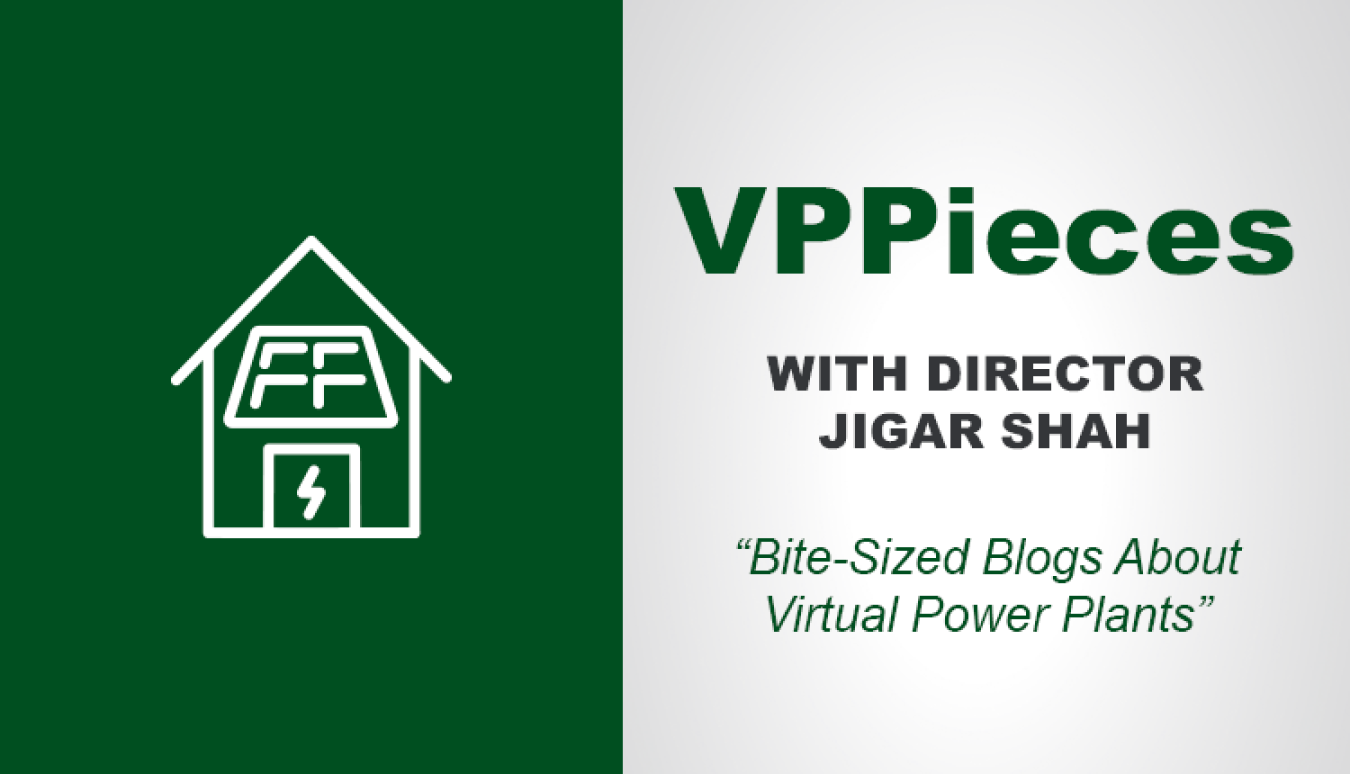In this biweekly series, DOE LPO Director Jigar Shah reflects on the challenges that come with achieving a zero-carbon electric grid and how the emerging technology of the Virtual Power Plant, or VPP, can turn those challenges into opportunities for all Americans.

More VPPieces
The consumer market for distributed energy resources – DERs – is on the verge of booming. The Solar Energy Industries Association estimates nearly 5% of U.S. owner-occupied homes now have rooftop solar. Energy storage is having its moment, with more storage deployed in 2021 than the prior five years combined. What’s more, solar generation and energy storage are increasingly friendly, with a third of new behind-the-meter solar systems installed by 2025 expected to incorporate energy storage. Overall, $110 billion is expected to be invested in DERs by 2025.
DERs can provide energy at a lower price than what the grid typically offers. They do so more cleanly while offering consumers greater resilience during adverse grid events. And despite commercial lenders’ unwillingness to adequately recognize it, DERs are also more widely available and cost-effective than ever. As researchers at Lawrence Berkeley National Laboratory have shown, solar adopters can come from a range of incomes, and financing options are gradually expanding to lower income groups, as well as to those with below-median home values and credit scores.
Much more DER deployment will be needed at scale to meet the Administration's goal of achieving 100% clean electricity by 2035, and ensuring an equitable transition under its Environmental Justice 40 initiative will require intentional investment. Virtual power plants can catalyze DER deployment at scale and help make affordable, resilient, and clean energy accessible to all Americans.
A VPP is generally considered a connected aggregation of DER technologies – not only solar and battery storage, but increasingly grid-interactive efficient appliances and buildings, electric vehicle charging, and thermal energy storage. Aggregators, utilities, or grid operators, under terms agreed upon with participants, can remotely and automatically adjust DERs in this aggregation to provide clean energy, reliability, and grid services while maintaining customer comfort and productivity. Through a combination of software and hardware, VPPs not only open the grid to a whole new utility-scale, behind-the-meter supply, but also coordinate disparate DERs into holistic, demand-flexible resources. Operators gain the flexibility to better reduce peak demand and, as a result, defer investment in additional capacity and infrastructure to serve a peak load that is expected to increase as we electrify the nation’s economy. VPP participants can receive compensation for services rendered and all the benefits that come with them. Everyone enjoys greater affordability and performance.
Over the coming weeks, I’ll be offering my thoughts on the potential of VPPs in a series of VPPieces. I’ll explain how the emergence of VPPs – enabled by shifting technology and evolving energy policy – can create a more equitable, resilient, and participatory energy system while catalyzing good-paying jobs across a number of clean energy sectors.
I hope you return as I make the case for the wider integration of VPPs across our country’s electricity markets and utility service areas. I’ll share the ways I see VPPs benefitting all Americans; offer perspectives as to the role LPO and the Federal government can play, including through new Bipartisan Infrastructure Law authorities that can support state efforts to promote aggregation; and survey the most promising VPP models and technologies budding in the private sector.
VPPs offer an exciting opportunity to create clean power solutions that are greater than the sum of their parts. The power plants may be virtual, but VPP technology’s potential to democratize the coming clean energy economy will be very real.

